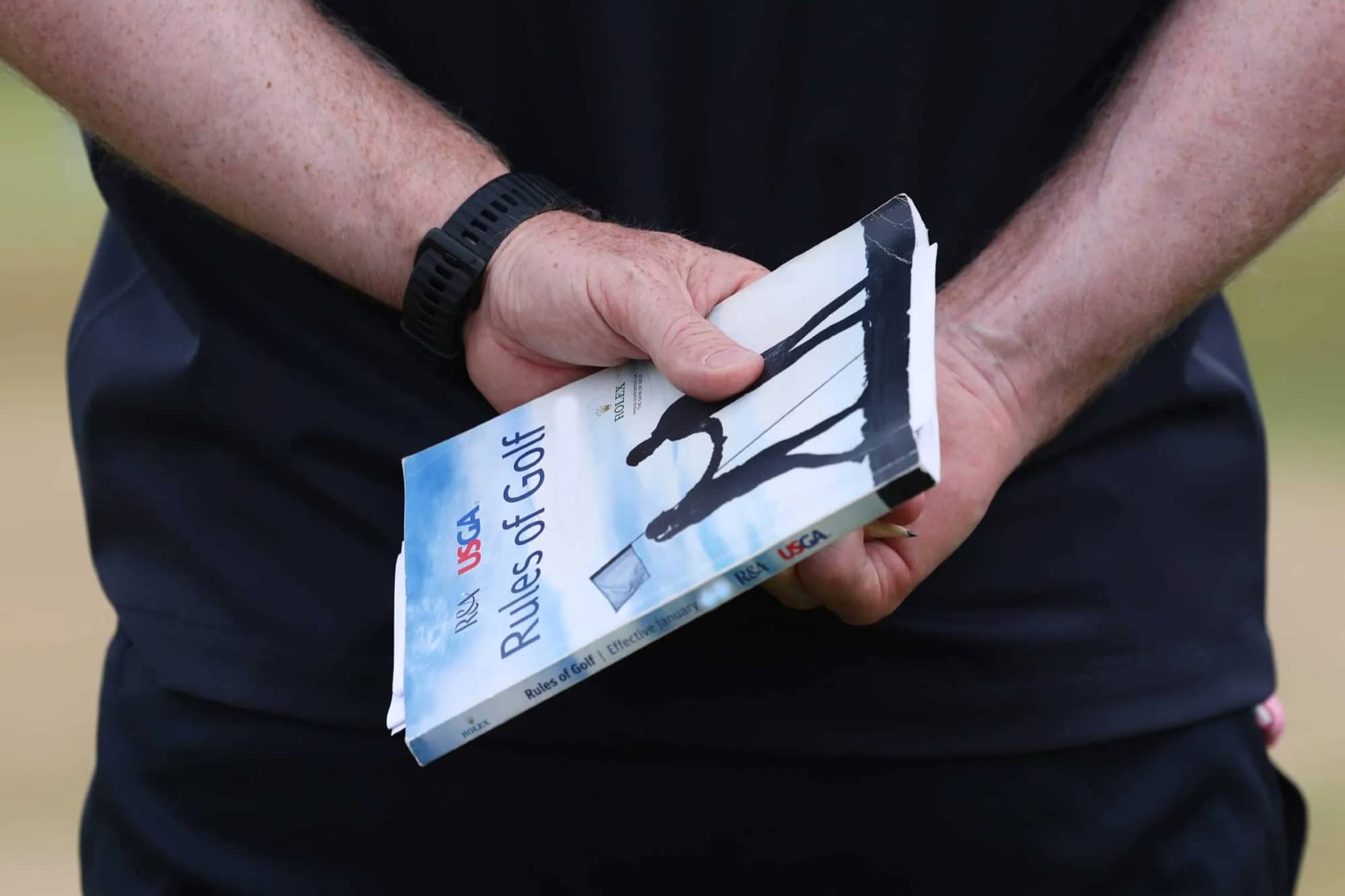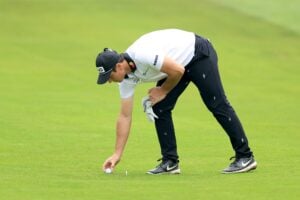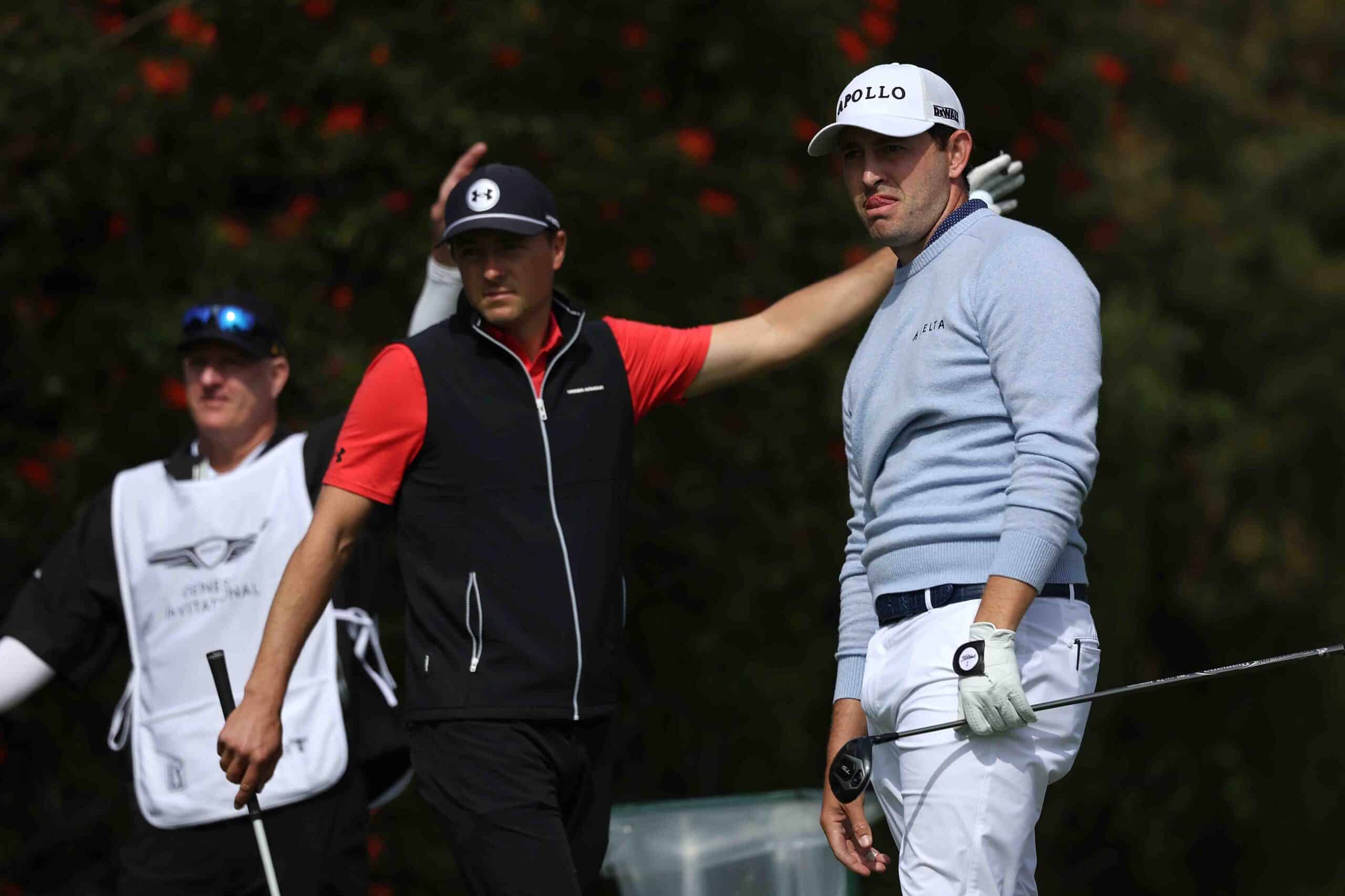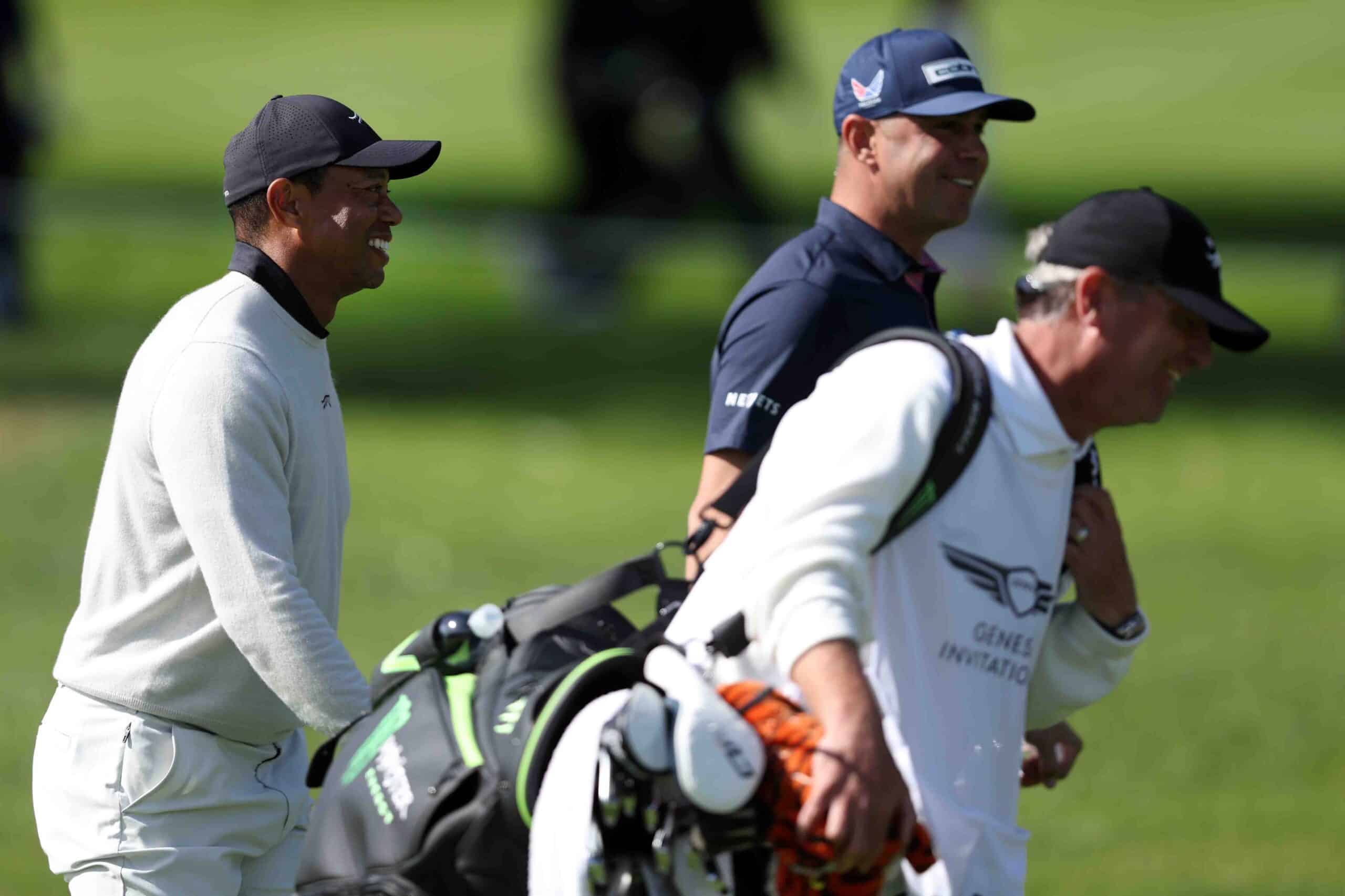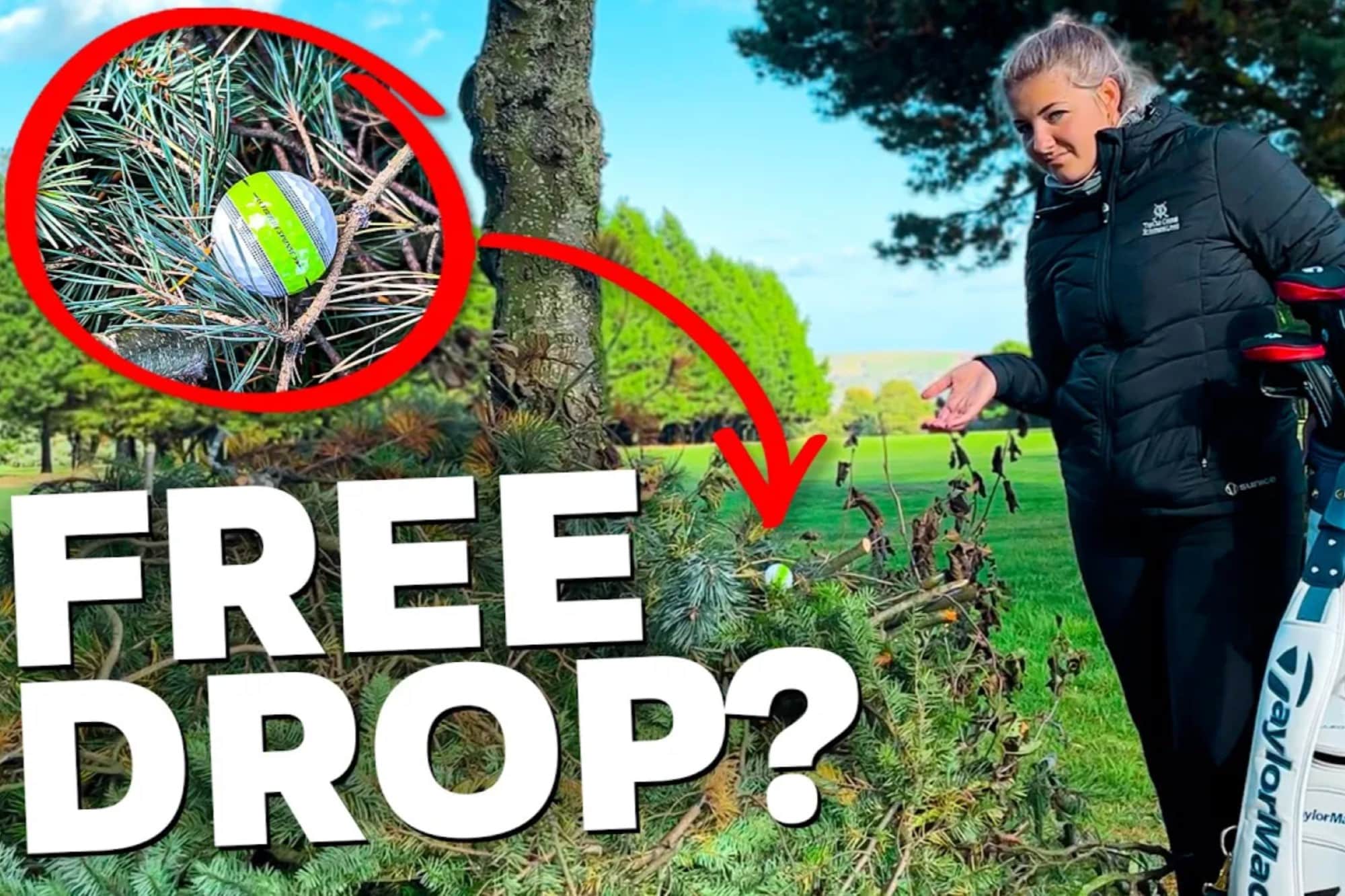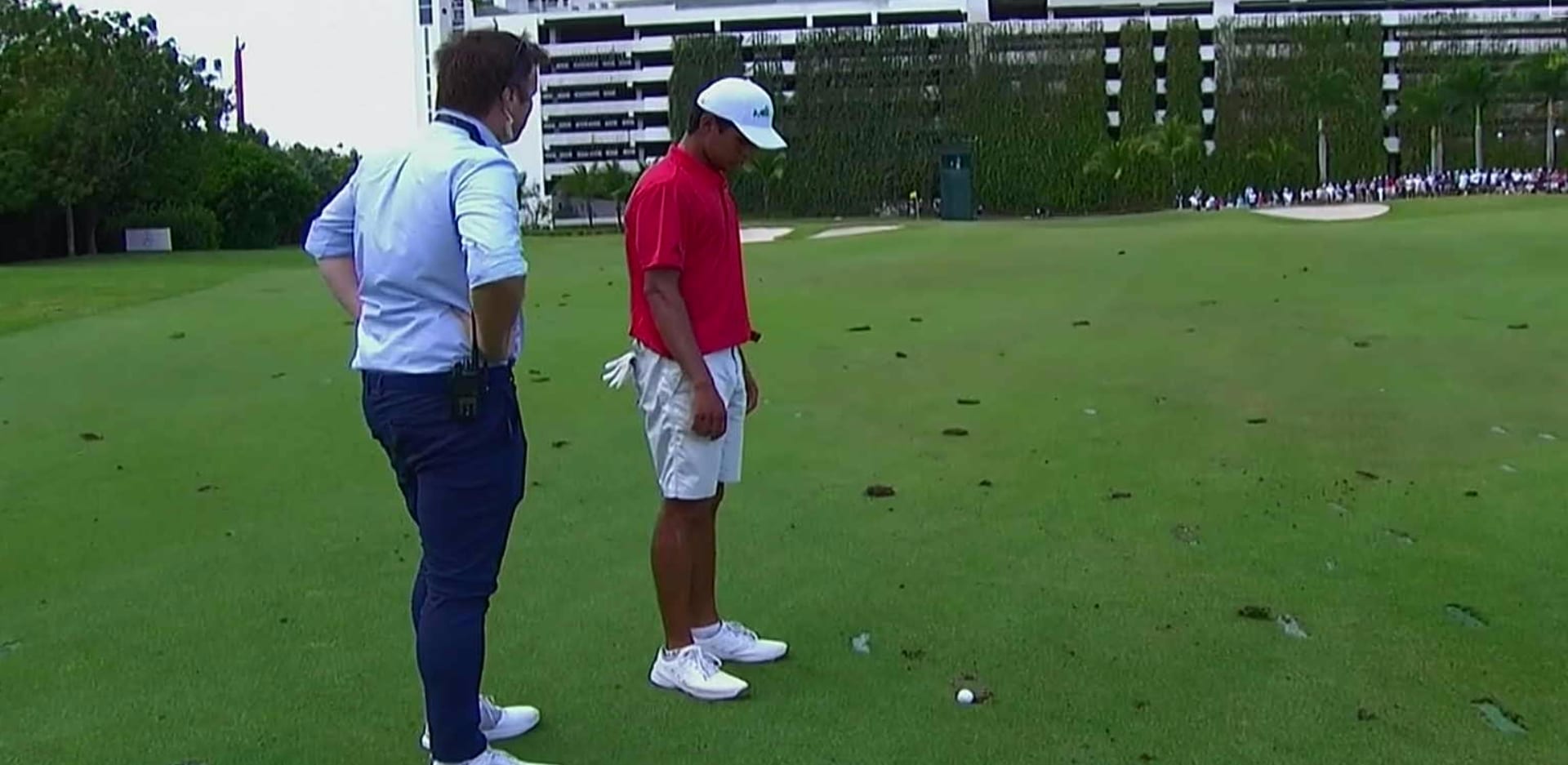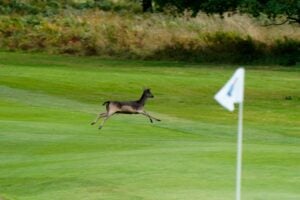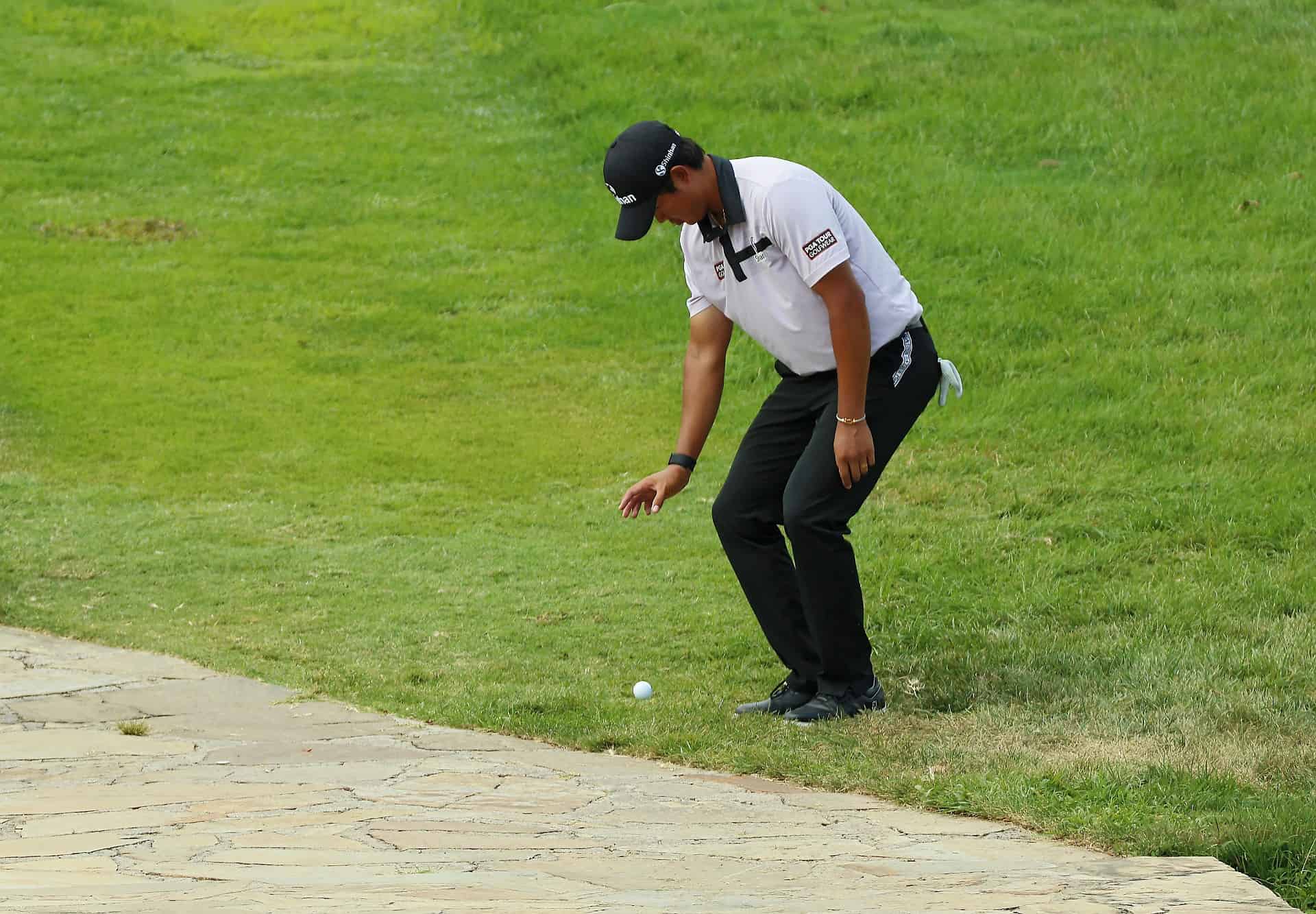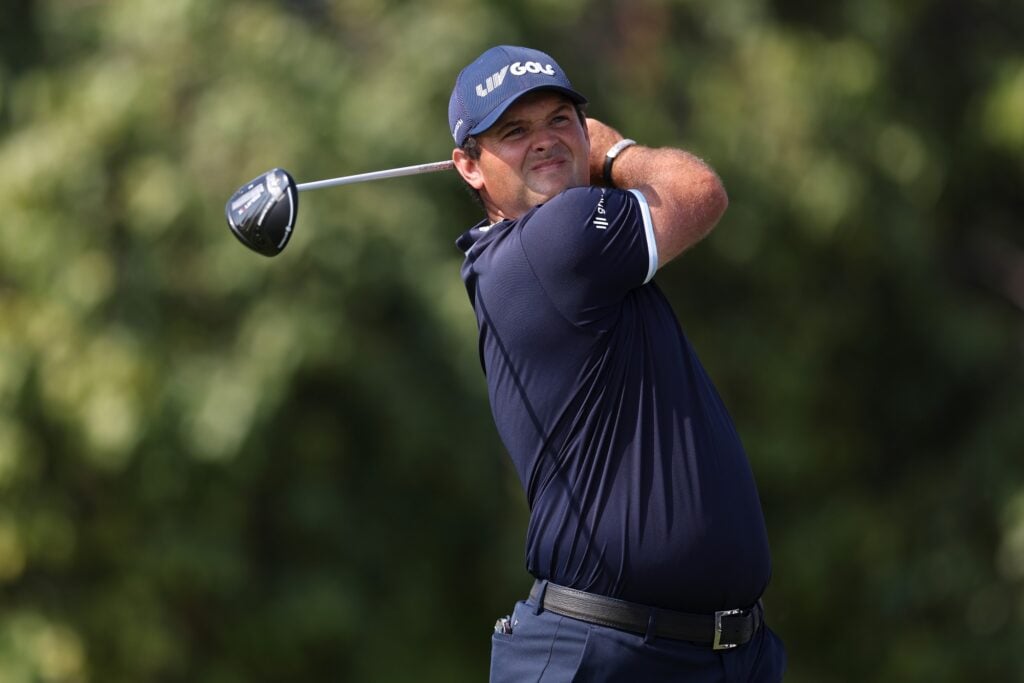
Tree-gate: Was everything in the Patrick Reed rules controversy by the book?
Nothing I write in the next 1,000 words may necessarily change your opinion of Patrick Reed.
But as a rules official, when I’m called to a situation, I don’t deal with reputation. I don’t deal with drama. I try to apply the Rules of Golf as they are written and resolve questions of fact.
Reams have been written and said about what’s now known as “tree-gate” – when Reed struck his tee shot at the 17th hole during the third round of the Dubai Desert Classic and it became lodged in a palm tree.
The sequence of what followed is well known and, if you need to revisit it, you can do so by reading my colleague Alex Perry’s eloquent piece from that day.
There are a couple of things, however, I’d like to look at. They might give you some insight into the thought process of a referee when they find themselves in the thick of the action and how this decision could have been reached.
Firstly, let’s look at what is required to identify a ball. Rule 7 says that a player is responsible for finding their ball in play after each stroke. Rule 7.2 also reveals that a player’s ball at rest can be identified by the player, or anyone else who sees a ball comes to rest in “circumstances where it is known to be the player’s ball”.
And then it also says, which I think becomes pertinent when you consider how events between Reed and DP World Tour chief referee Kevin Feeney unfolded, that a ball can be identified by seeing the player’s identifying mark on the ball or by “finding a ball with the same brand, model, number and condition as the player’s ball in an area where the player’s ball is expected to be”.
Focus on that last part, because I believe it’s where the DP World Tour statement, issued after the round, becomes very relevant.
It said: “Two on-course referees and several marshals identified that Patrick Reed’s ball had become lodged in a specific tree following his tee shot on 17.”
Not, the trees. A “specific tree”.
The statement adds: “The DP World Tour chief referee joined the player in the area and asked him to identify his distinctive ball markings. Using binoculars, the chief referee was satisfied that a ball with those markings was lodged in the tree.”
The conversation between Reed and Feeney is instructive and it’s widely available to listen to on social media.
The chief referee asks Reed if it is “definitely your ball”. He tells him he needs to be certain. He says “looks like” is not enough, they need a definite marking. “We need a number, rather than just a black line, because it could be any black line.”
At that point, Reed describes how he marks his ball with a line which starts in a particular place, corresponding to an arrow, and Feeney confirms he can see a ball with that marking in the tree.
We know you can use binoculars to identify a ball that can’t be retrieved, and having looked at the ball in the tree, Feeney says: “If that’s your distinctive marking, that’s fine.”
Reed then took unplayable ball relief and completed the hole.
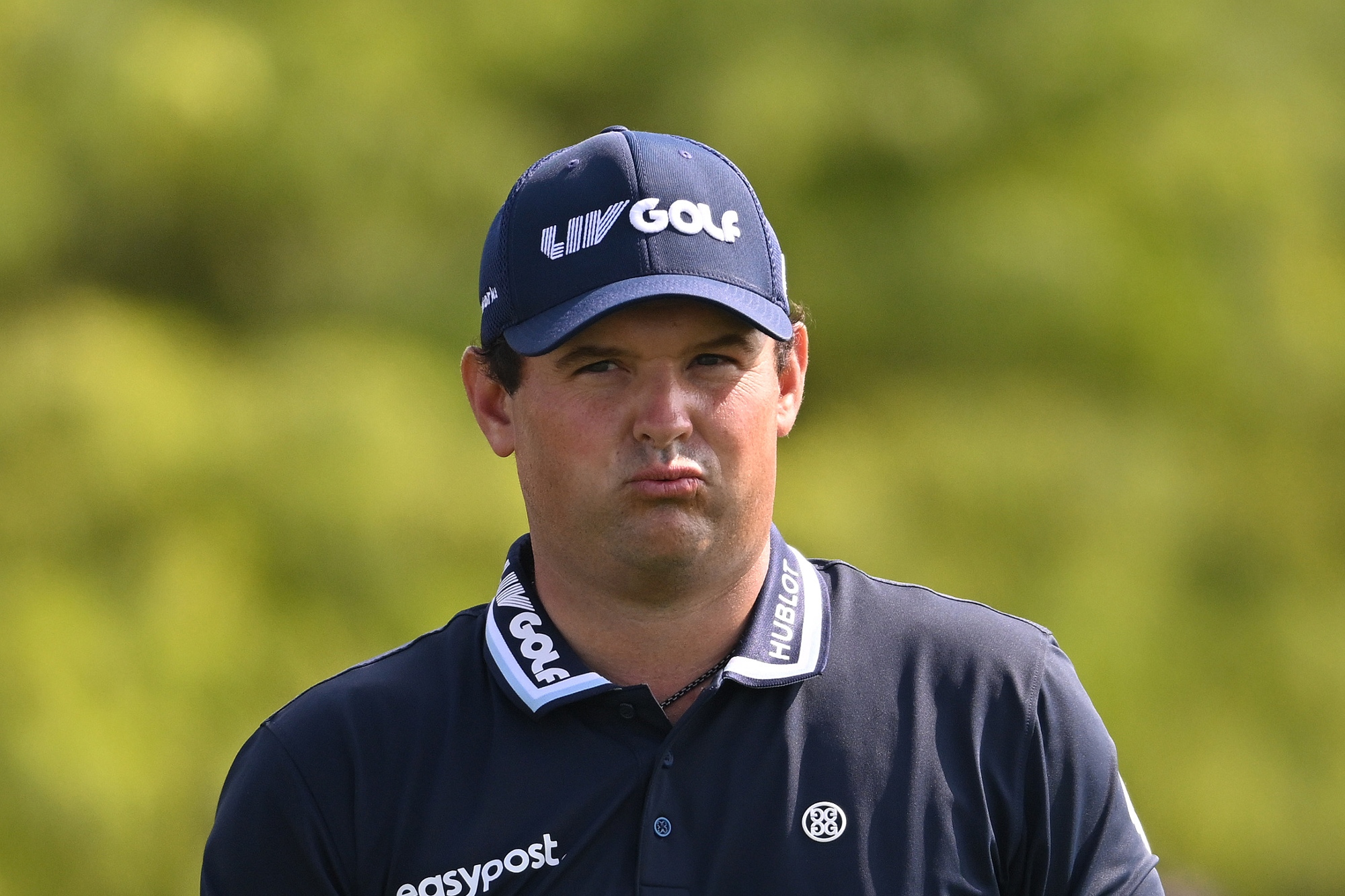
So what have we got when you strip it all back?
We’ve got two on-course referees and “several” marshals who, the DP World Tour statement says, have seen the ball go into a “specific tree”.
It’s natural for anyone who then arrives on the scene – Reed and Feeney – to focus their attention on that tree. It’s where the observers have told them the ball has gone.
After they look up into the tree, they locate a ball which, if you listen to discussions, the player says has his identifying marking on it. It is in the area where the ball is expected to be.
That seems to me to satisfy the part of Rule 7.2 which says a player’s ball can be identified in that way. I’m not even sure the rule says it even has to be the original ball in those circumstances, but I could just be reading it too literally.
So what about the video?
This made social media waves after the round, particularly when Golf Channel helpfully allowed us to trace the ball in flight with the aid of a big circle. It seemed to show the ball going into a different tree. Wasn’t this then a case of a wrong ruling, and couldn’t they correct it?
Well, how was the original ruling made? Resolving questions of fact is one of the most difficult tasks a referee can undertake. They must consider all the circumstances and information that’s available to them at the time they make the decision.
That includes the testimony of the player involved, those who are not part of the competition, and even spectators. They do the best they can with what they’ve got to work with and then they make a judgement.
Rule 20.2a says that a referee’s decision is final, and if a referee authorises a player to breach a rule in error, the player will not be penalised.
But there are also occasions where wrong rulings will be corrected. I was going round in circles with this, diving down into if and when video evidence can be used and when wrong rulings can be fixed.
A championship official came to my rescue. He pointed me in the direction of the committee procedures found in the back of the Official Guide to the Rules of Golf and, in particular, to Section 6C (10c).
He said if a referee has given an incorrect ruling, the player isn’t penalised unless they have deliberately misled the referee.
If subsequent facts indicate that the referee’s ruling has resulted in a serious breach, then if possible the error can be corrected, but it cannot be corrected once the player has teed off on the next hole, and no penalty would be applied.
The referee can only proceed on facts known at the time – and the video evidence was not available to him during the three minutes Reed was allowed to identify his ball.
So, in this case, it doesn’t really matter what it then shows. There is no vehicle to change it. From a Rules of Golf point of view, at least, it is time to move on.
Have a question for our Rules of Golf expert?
Despite the simplification of the Rules of Golf, there are still some that leave us scratching our heads. And as I’ve passed the R&A’s Level 3 rules exam with distinction, I’ll try to help by featuring the best in this column.
You can read all of Steve’s Rules of Golf explained columns here.
Steve Carroll

A journalist for 25 years, Steve has been immersed in club golf for almost as long. A former club captain, he has passed the Level 3 Rules of Golf exam with distinction having attended the R&A's prestigious Tournament Administrators and Referees Seminar.
Steve has officiated at a host of high-profile tournaments, including Open Regional Qualifying, PGA Fourball Championship, English Men's Senior Amateur, and the North of England Amateur Championship. In 2023, he made his international debut as part of the team that refereed England vs Switzerland U16 girls.
A part of NCG's Top 100s panel, Steve has a particular love of links golf and is frantically trying to restore his single-figure handicap. He currently floats at around 11.
Steve plays at Close House, in Newcastle, and York GC, where he is a member of the club's matches and competitions committee and referees the annual 36-hole scratch York Rose Bowl.
Having studied history at Newcastle University, he became a journalist having passed his NTCJ exams at Darlington College of Technology.
What's in Steve's bag: TaylorMade Stealth 2 driver, 3-wood, and hybrids; TaylorMade Stealth 2 irons; TaylorMade Hi-Toe, Ping ChipR, Sik Putter.


